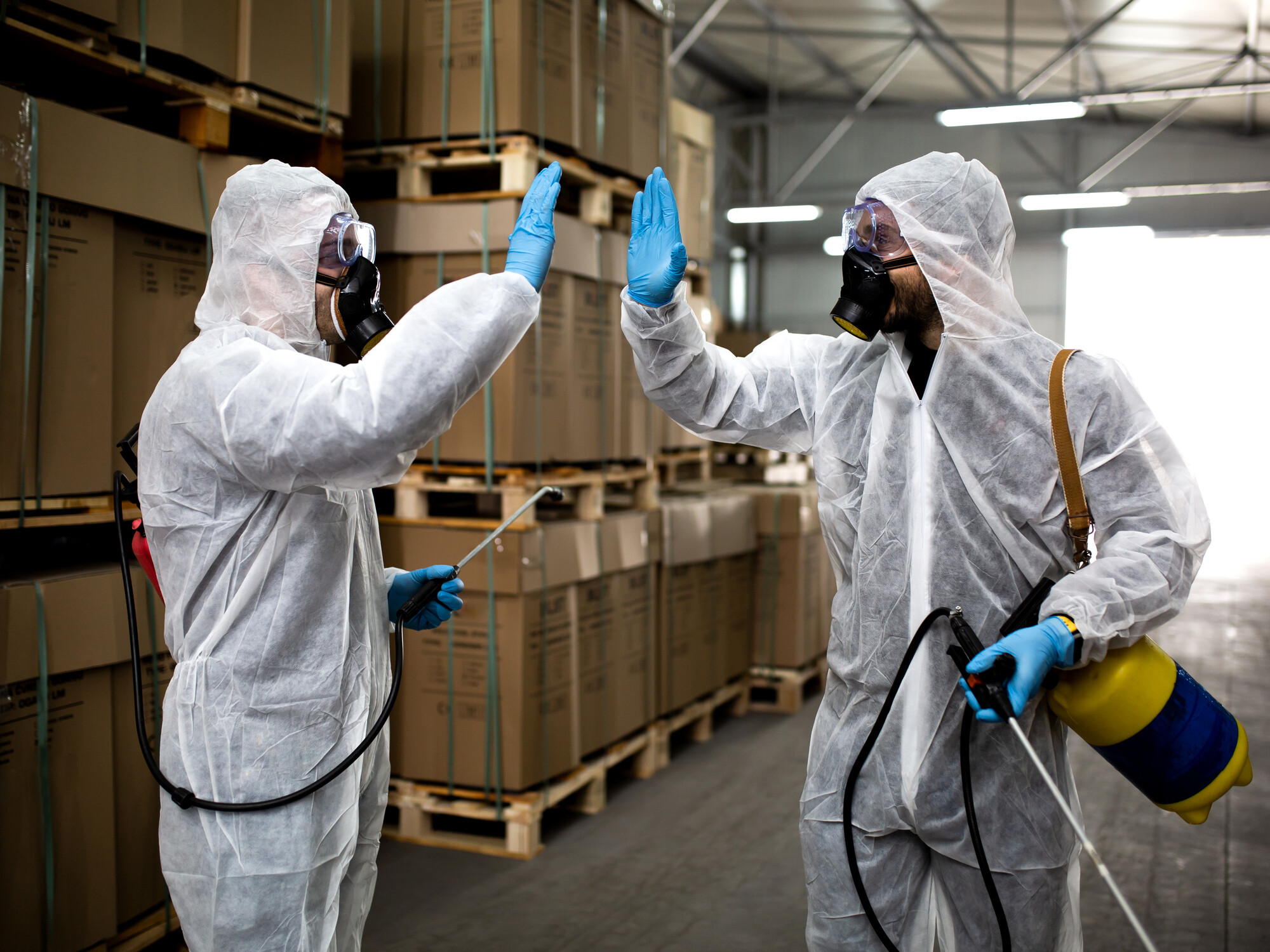
Food safety is a top priority for any food establishment, and one of the key factors in maintaining food safety is effective pest control. Pests such as rodents, insects, and other critters can pose a serious threat to the safety and cleanliness of food products, potentially leading to contamination and health hazards. To ensure food safety through pest control, it is essential to implement top strategies that can help prevent and manage pest infestations.
One of the most crucial strategies for ensuring food safety through effective pest control is to maintain a clean and sanitary environment. Pests are attracted to food sources and areas with poor sanitation, so it is important to keep all food storage and preparation areas clean and free of crumbs, spills, and other debris that can attract pests. Regular cleaning and sanitizing routines should be established and followed consistently to prevent pests from finding their way into the establishment.
Another important strategy for effective pest control is to seal off any entry points that pests could use to gain access to the establishment. This includes sealing cracks and crevices in walls, floors, and ceilings, as well as door sweeps and weather stripping to prevent pests from entering through doors and windows. By eliminating potential entry points, you can greatly reduce the likelihood of pest infestations and help maintain food safety.
Implementing proper waste management practices is also essential for effective pest control. Pests are attracted to garbage and food waste, so it is important to have proper waste disposal procedures in place. This includes using tightly sealed bins and containers for food waste, as well as regularly emptying and cleaning trash receptacles to prevent pests from being attracted to the smell of rotting food.
Regular inspections and monitoring are key components of an effective pest control strategy. By regularly inspecting the establishment for signs of pest activity, such as droppings, gnaw marks, or nests, you can catch infestations early and take action to address them before they become a bigger problem. Monitoring devices such as traps and baits can also be used to help detect and control pest populations.
Training and education are essential for ensuring effective pest control in a food establishment. All staff members should be trained on proper sanitation practices, as well as how to identify signs of pest activity and report any issues to management. By educating staff on the importance of pest control and involving them in the process, you can create a team effort to maintain food safety and prevent pest infestations.
Utilizing professional pest control services can also be a valuable strategy for ensuring food safety. Pest control experts have the knowledge, experience, and resources to effectively manage and prevent pest infestations in a food establishment. By partnering with a reputable pest control company, you can benefit from their expertise and ensure that your establishment remains pest-free and in compliance with food safety regulations.
Implementing a comprehensive Integrated Pest Management (IPM) program is another effective strategy for ensuring food safety through pest control. IPM focuses on using a combination of prevention, monitoring, and control methods to manage pest populations in a sustainable and environmentally responsible manner. By implementing an IPM program tailored to the specific needs of your establishment, you can effectively control pests and maintain a safe and sanitary environment for food preparation and storage.
In conclusion, ensuring food safety through effective pest control requires a multi-faceted approach that involves maintaining a clean environment, sealing off entry points, implementing proper waste management practices, conducting regular inspections and monitoring, providing training and education to staff, utilizing professional pest control services, and implementing an Integrated Pest Management program. By following these top strategies, food establishments can effectively prevent and manage pest infestations, protect the safety and quality of their products, and maintain compliance with food safety regulations.